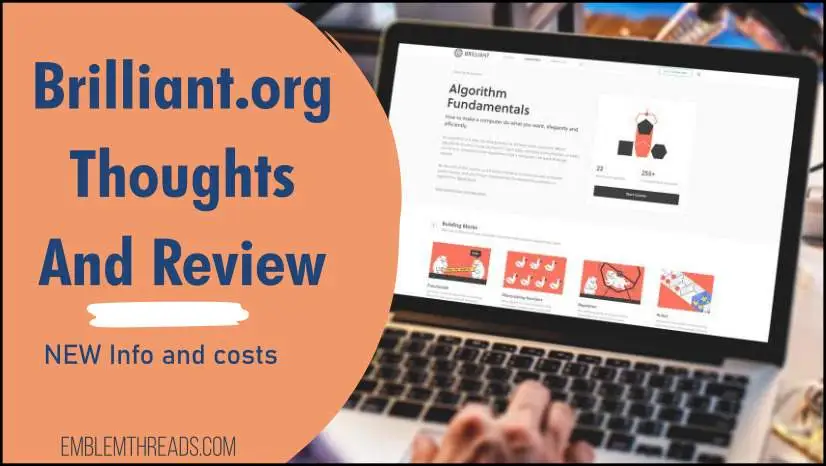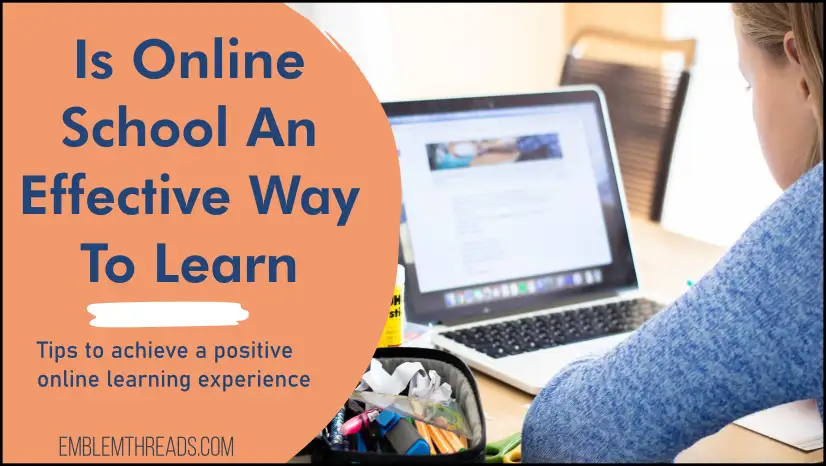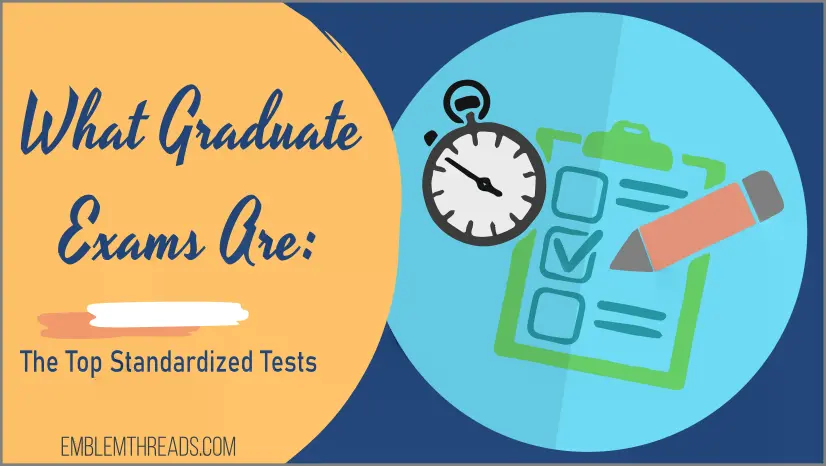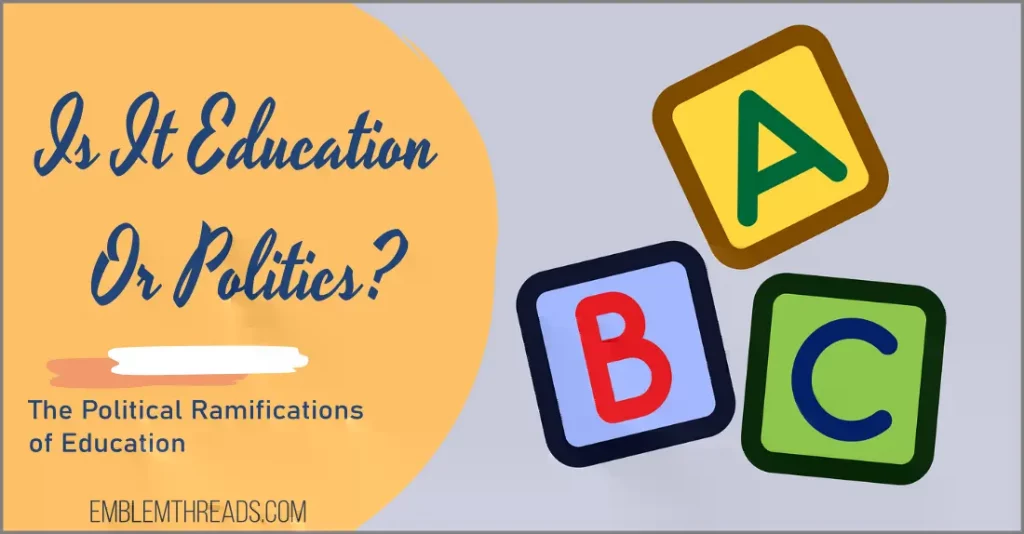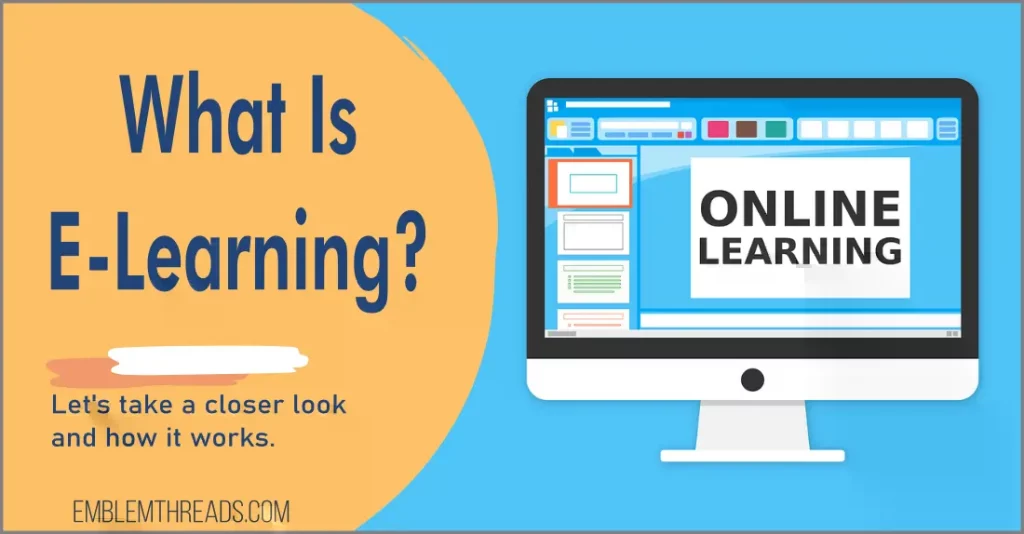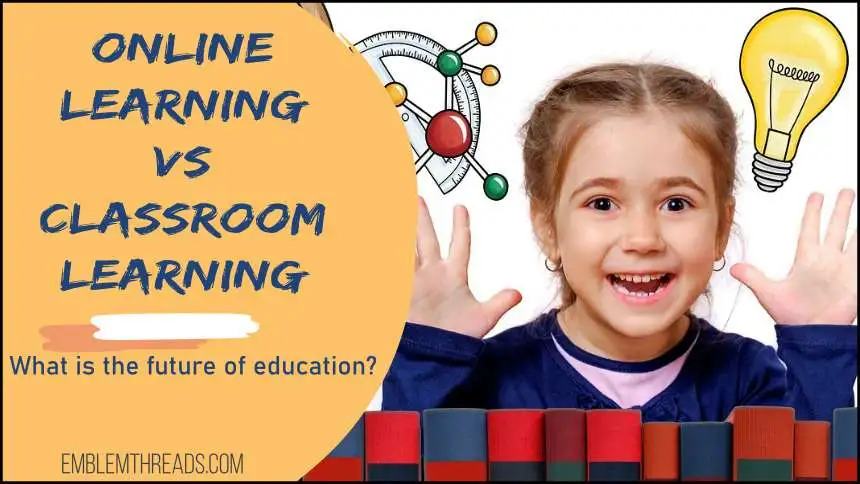What is e-learning? This is a question that many people have. E-learning can be defined in many ways because it covers a lot of ground.
In general, e-learning is any type of learning that takes place through electronic media. This could include online courses, videos, webinars, and more.
We will discuss what e-learning is and talk about the different types of e-learning as it relates to education. Let’s take a closer look and how it works.
What is the Definition of E-Learning?
According to the eLearning Industry, “e-learning is broadly defined as any learning or training activity that takes place through the use of electronic media.” This could include online courses, videos, webinars, and more.
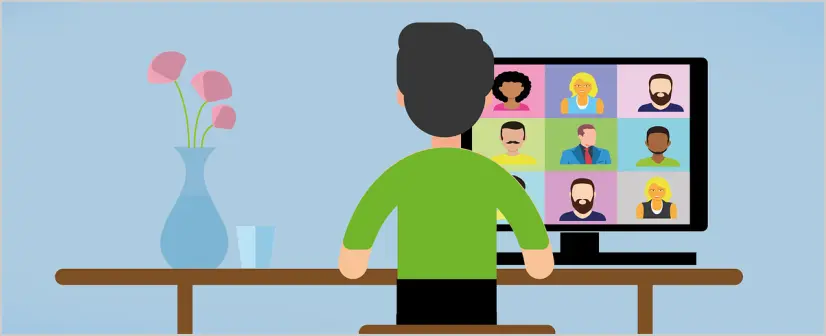
What is E-Learning in Simple Words?
In simple words, e-learning is learning that takes place electronically. This type of learning can happen online or offline. Think of a student who logs into an online course to complete their assignments. They are using e-learning.
Now, let’s discuss the different types of e-learning.
Types of E-Learning
There are several different types of e-learning, but all share the same basic goal: to facilitate learning through the use of electronic media. We will focus on the three main types:
1. Asynchronous E-Learning:
This type of e-learning does not happen in real-time. It is learning that takes place on the learner’s own time. An example of this would be an online course that a student can access at any time.
2. Synchronous E-Learning:
This type of e-learning happens in real-time. There is an interaction between the learner and the instructor. An example of this would be a webinar in which both the teacher and the student are present at the same time.
3. Blended E-Learning:
This type of e-learning is a mix of both asynchronous and synchronous learning. An example of this would be an online course that has some assignments that are completed on the learner’s own time but also has live sessions that take place at specific times.
Also Read: Is Online School An Effective Way To Learn?
How Does E-Learning Work?
E-learning can work in different ways, depending on the type of e-learning that is taking place.
Asynchronous e-learning usually takes place through an online learning platform, such as Canvas or Blackboard. The learner logs in and has access to the course content and materials. They can complete the assignments on their own time.
Synchronous e-learning usually takes place through video conferencing software, such as Zoom or Skype. The learner and instructor meet at a specific time and interact in real-time.
Blended e-learning usually takes place through an online learning platform, such as Canvas or Blackboard. The learner has access to the course content and materials but also meets with the instructor at specific times for live sessions.
What is E-Learning in Education?
E-learning can be used in education in many different ways. It can be used to supplement traditional classroom learning or it can be used as the primary method of instruction.
Online learning can be used to deliver content, such as lectures and readings. It can also be used for assignments and assessments.
Online learning can be used in face-to-face classrooms, online classrooms, or a mix of both. It is a flexible learning option that can be tailored to the needs of the learner.
Which Is Better Online Learning vs Classroom Learning?
Benefits of E-Learning in Education
E-learning has many benefits, such as being able to learn at your own pace and having access to courses that you might not be able to take otherwise. E-learning has become a popular way to learn and is a great way to learn new things and improve your skills. For example, e-learning:
- Can be more cost-effective than traditional learning methods.
- Can also be more convenient because it allows learners to access learning materials anywhere they have an internet connection.
- Can also be tailored to meet the needs of individual learners. This means that students can move through the material at their own pace and receive feedback on their work as they go.
- A student-centered approach that engages students because courses are designed for interactivity.
- Often offer a variety of learning materials, such as lectures, readings, and assignments.
Benefits of E-Learning For Students
E-learning can be a great way for students to learn. Here are some benefits of e-learning for students:
- Allows you to learn at your own pace: You can spend more time on topics that you find difficult and less time on topics that you find easy.
- You can access courses that you might not be able to take otherwise: E-learning gives you access to courses that are offered online. This means that you can take courses from anywhere in the world.
- You can tailor your learning to meet your needs: E-learning allows you to customize your learning experience. You can choose what you want to learn and how you want to learn it.
- Allows you to engage with the material: E-learning is often designed to be interactive. This means that you will be able to engage with the material in a way that is interesting and fun.
Also Read: How to Take Effective Notes: Strategies and Tips
Disadvantages of E-Learning
While there are many benefits, there are also some disadvantages. Here are some disadvantages of e-learning:
- You might feel isolated: If you are taking an online course, you might feel isolated from other students. This can be a problem if you need help with the material or if you want to interact with other students.
- It can be difficult to stay motivated: It can be easy to get distracted when you are learning online. You might find that it is hard to stay motivated when you are not in a traditional classroom setting.
- It can be difficult to find courses that meet your needs: While there are many courses available online, not all of them will meet your specific needs. This can be a problem if you are looking for a course that is specific to your interests or goals.
- Easier to cheat: Because you are not in a traditional classroom setting, it can be easier to cheat on an online course. This can be a problem if you are taking an important course or if you are trying to learn the material.
- Less feedback from the teacher: In a traditional classroom, you will get immediate feedback from your teacher. In an online course, you might not get the same level of feedback. This can be a problem if you need help with the material.
- Technical or connectivity issues: If you are taking an online course, you might have to deal with technical or connectivity issues. Access to the internet, computers, or online resources may be intermittent for some students.
See the strategies to improve the online e-learning experience for students.
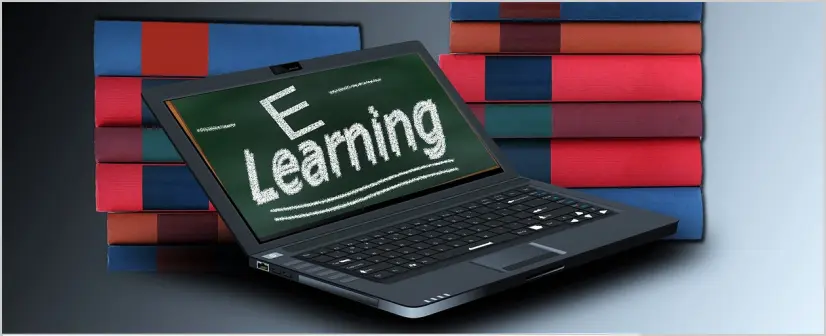
What Is An eLearning Platform?
An e-learning platform is a complete system that includes the software, hardware, and content necessary to create and deliver e-learning courses and programs.
A Learning Management System(LMS) is an important part of an e-learning platform. A Learning Management System is a software application that provides the tools necessary to manage, deliver, and track e-learning courses and programs.
Learning Management Systems can be used to:
- Create and deliver content
- Assess student progress
- Track student activity
- Engage students in the learning process
An e-learning platform should be:
- Easy to use: The platform should be easy to use for both instructors and students.
- Flexible: The platform should be flexible enough to meet the needs of different instructors and students.
- Compatible: The platform should be compatible with different types of devices and browsers.
- Reliable: The platform should be reliable and available when needed.
E-Learning Trends
E learning has been around for a while, but it has become increasingly popular in recent years. The reported Global E-Learning Market to Reach $457.8 Billion by 2026. Here are some trends in eLearning:
More courses are being offered online: As more schools and universities offer courses online, more students are taking advantage of this option.
More companies are using e-learning: Companies are using e-learning to train employees. E-learning is a convenient and cost-effective way to train employees.
E-learning is becoming more mobile: With the rise of mobile devices, e-learning is becoming more accessible. More people are using their smartphones and tablets to access e-learning courses. Even work is being transformed and is more mobile today than ever.
E-learning is becoming more interactive: As technology advances, e-learning is becoming more interactive. Courses are being designed with interactivity in mind.
Find additional answers below:
How Do I Prepare For Online Learning?
Strategies To Improve The Online School Experience For Elementary And University Students.
What Is eLearning – Summary
We’ve defined eLearning and discussed the different types of e-learning. We’ve also looked at the advantages and disadvantages of e-learning.
Elearning is a convenient and flexible way to learn. It’s becoming more popular as more courses are offered online and as schools and companies use it as their training. Elearning is also becoming more mobile and interactive as technology advances.
- Brilliant.org Thoughts And Review | NEW InfoBrilliant.org thoughts and review will cover the online STEM courses and style of learning offered through the program as well as the costs for a subscription. No lectures, just hands-on, interactive lessons that are more… Read more: Brilliant.org Thoughts And Review | NEW Info
- Is Online School An Effective Way To Learn?For an online school to be an effective way to learn, a student needs to be an active participant, capable of staying focused, and able to work without constant supervision. There are of course strengths… Read more: Is Online School An Effective Way To Learn?
- What Graduate Exams Are: The Top Standardized TestsGraduate admissions exams are standardized tests taken by students who have completed their undergraduate degrees and are looking to continue their education in graduate school. These tests help determine whether or not a student is… Read more: What Graduate Exams Are: The Top Standardized Tests
- 10 Best Careers To Have For The FutureThe future is always uncertain, but there are some careers that are expected to be in high demand for many years to come. If you want to make sure that your career is in high… Read more: 10 Best Careers To Have For The Future
- Is It Education Or Politics? The Political Ramifications of EducationIt’s a question that has been asked throughout history: Is education political? What are the ramifications of having a politicized education system? In this article, we will explore the politicization of education and discuss some… Read more: Is It Education Or Politics? The Political Ramifications of Education
- What Is E-LearningWhat is e-learning? This is a question that many people have. E-learning can be defined in many ways because it covers a lot of ground. In general, e-learning is any type of learning that takes… Read more: What Is E-Learning
- How to Take Effective Notes: Strategies and TipsDo you wish that you could take better notes in class? Are your notes cluttered and hard to follow? Many people find it difficult to take effective notes but this is a skill that can… Read more: How to Take Effective Notes: Strategies and Tips
- Gamification In eLearningThinking about introducing gamification in eLearning to make it more engaging and effective? Gamification can be used in eLearning in a few different ways. Learn more in this article. What Is Gamification in eLearning? Gamification… Read more: Gamification In eLearning
- Blended Learning: Types and What It IsBlended learning has become increasingly popular in recent years, as educators have begun to realize the potential benefits it offers students. There are several different types of blended learning, each of which can be tailored… Read more: Blended Learning: Types and What It Is
- Online Learning vs Classroom Learning | New SolutionsOnline learning or classroom learning, is one really better than the other? Or, do we see the benefits of using both in a blended learning environment? This article will test online learning vs classroom learning… Read more: Online Learning vs Classroom Learning | New Solutions


